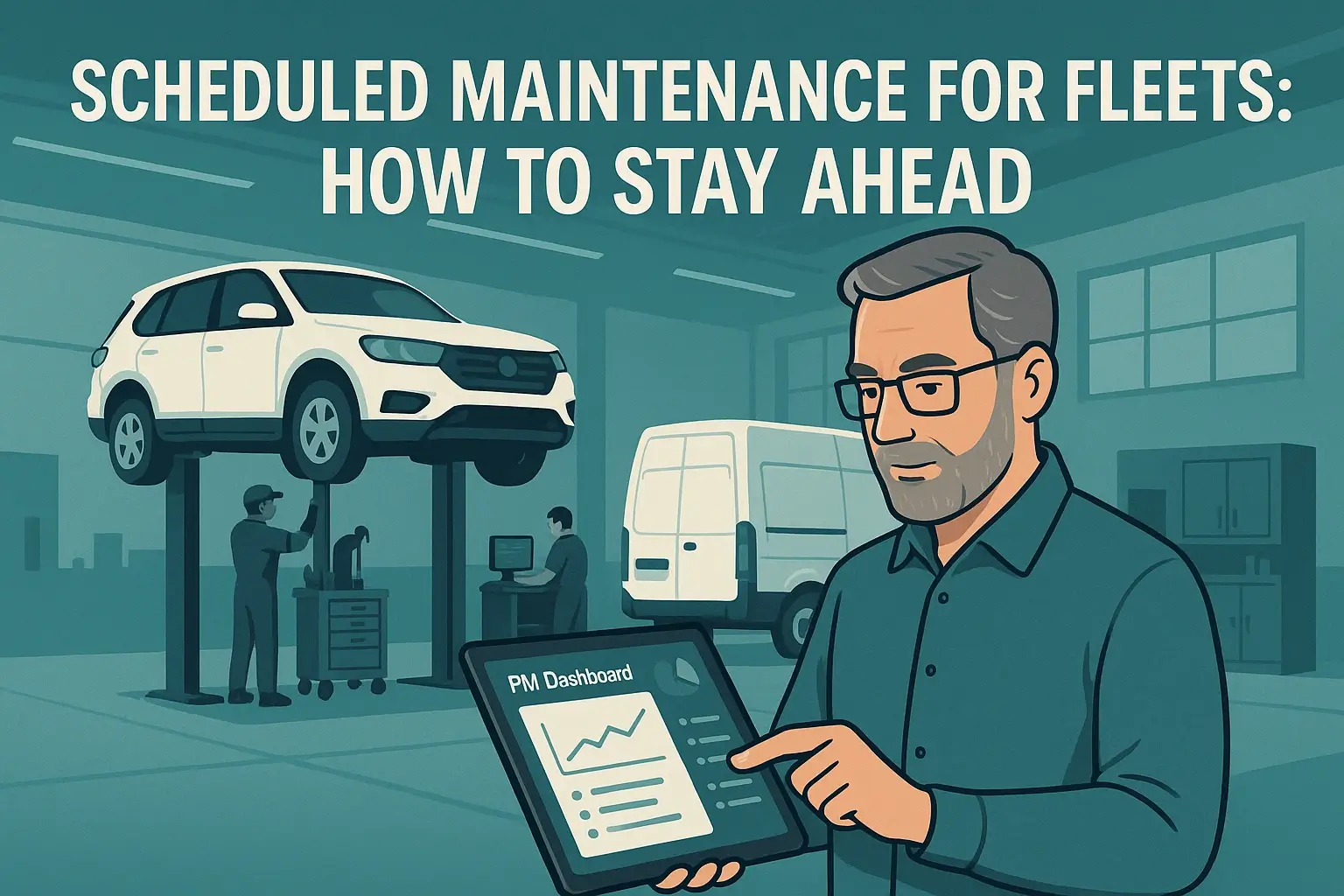Key Takeaways
The total cost of ownership (TCO) is a measure of the overall costs associated with owning a vehicle. These include depreciation, fuel consumption, repairs, insurance, taxes, and other expenses. A low TCO indicates that you're spending less money than if you bought a similar vehicle brand new. You'll save money on your monthly payments, and you won't have to worry about unexpected repair bills. On the other hand, a high TCO indicates that you'll end up paying more money than if you purchased a new vehicle. You may have to invest more money in repairs, and you'll have to pay more tax and also have to consider the environmental impact of your fleet.
You can calculate your TCO by adding the following figures:
- Depreciation: This figure represents the amount of money you lose due to wear and tear on your vehicle.
- Fuel Consumption: This figure represents the average miles per gallon that your vehicle uses.
- Repairs: This figure represents the number of repairs that your vehicle needs.
- Insurance: This figure represents the annual premium that you pay for your insurance policy.
- Taxes: This figure represents the tax that you pay on your vehicle.
- Other Expenses: This includes items such as parking fees, tolls, cleaning services and any other additional costs.
The sum of these figures along with your purchase price or monthly instalments gives you your TCO for your vehicle fleet.
How can you ensure your total cost of ownership (TCO) is low?
- Preventive Maintenance:
Vehicle preventive maintenance cost includes wear and tear of vehicle components. Replacement of components and parts can vary from vehicle to vehicle, but they add up to the final TCO over a period of time.
The maintenance cost of vehicles or asset increases over time requiring more maintenance as they age. It is observed that the maintenance cost of the asset increases exponentially year on year and most assets get replaced at the end of 10 years based on utilization and quality and consistency of its maintenance. According to an article by Automotive Fleet, maintenance cost is rising almost by 5% year on year due to the unavailability of chips and rising fuel costs and this only adds to your TCO year on year.
Fleet vehicle maintenance expenditures can be substantial for heavy equipment vehicles like trailers and tractors.
If you want to reduce the TCO of your existing fleet, you can look for ways to cut down on unnecessary maintenance. You can replace worn parts, and you can schedule regular inspections. You can also try to keep your vehicles longer. Some manufacturers offer extended warranties on certain models. You can buy a warranty extension, and you can extend the warranty period until the next scheduled inspection.
- Driver Safety programs:
According to statistics, commercial vehicle accidents account for nearly 30% of traffic fatality rates. Most of them happen because of collisions, including swerving off the road, crashing into objects, or driving off the road. Traffic accidents are usually caused by reckless driving behaviors like speeding, abrupt braking, and sudden accelerations. These risky actions not just put drivers at risk but also cause severe damage to cars and property which in turn bring in unexpected costs.
Driver training courses and strict driver behavior tracking systems can be used to improve driver performance and develop safe habits. The fleet management system monitors drivers' behavior and provides fleet managers with timely advice. It uses a combination of sensor technology, computer programs, and equipment that are installed in vehicles.
- Managing Fuel Efficiency: 1
A successful CV must understand the importance of effective fuel usage for their overall business profitability. Fuel prices continue to rise every day, so fuel efficiency becomes an increasingly important number for any company’s bottom line.
Fuel leakage and theft; Unwanted fuel usage due to ineffective vehicle route management; and Never-ending traffic jams can unknowingly cause fleets to spend up to 30% more than they would if they were able to manage their routes effectively.
Tires are one of the most overlooked car components despite their constant contact with the roadway amid changing environmental conditions that affect fuel efficiency directly.
Safety, cost, and compliance are three of the major factors fleets need to consider when determining their choice of tires and when to replace them. Tires wear down over time, but other problems can cause them to wear out faster and unevenly, costing more money. Tyre replacement can cost $80 to $800 depending on the tire size, tire brand, and the type of vehicle.
Tracking all the direct and indirect costs accurately is crucial in order to stay ahead and make an informed decision is made on whether to fix, rebuild, sell, or scrap a vehicle based on the costs of the repair and the residual market worth of the vehicle. Any vehicle or equipment unit with an upkeep cost that is 30% or more of the vehicle’s residual deal should be assessed for replacement. All of the above is possible when you are abreast with all expenses and costs incurred with each vehicle. For fleets with hundreds of vehicles, this could be a challenge if their maintenance tasks are not automated and centralized. A good vehicle maintenance app or fleet management software with fuel management, expense management, preventive maintenance & inspection helps optimize the daily operating costs and helps in reducing TCO immensely and increasing their profits proportionally.



.png)








.png)


.png)






